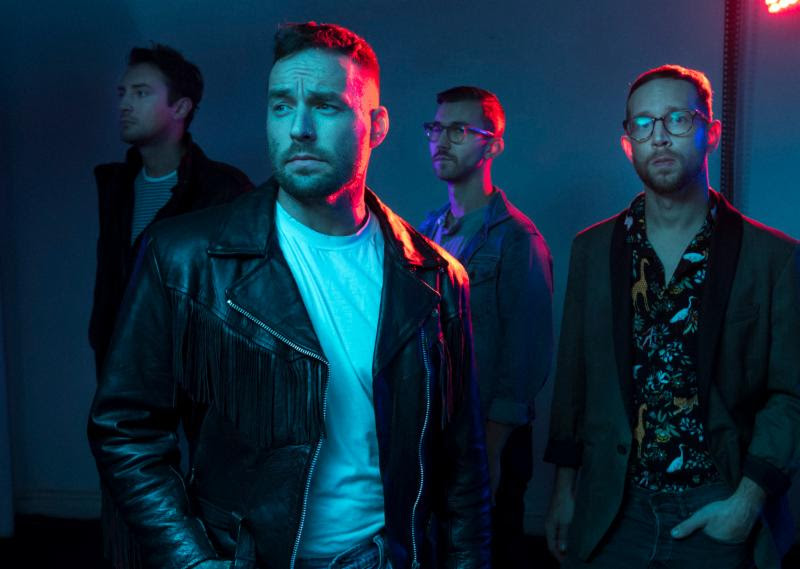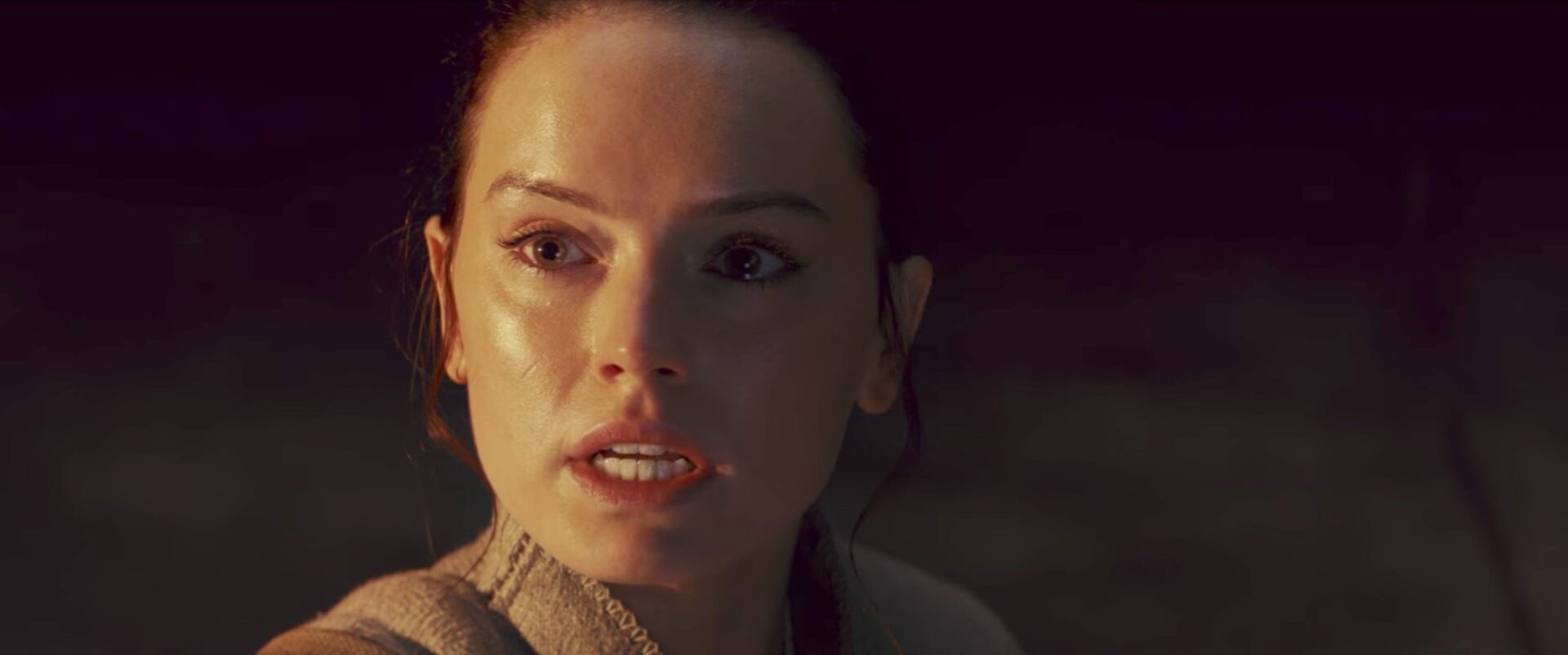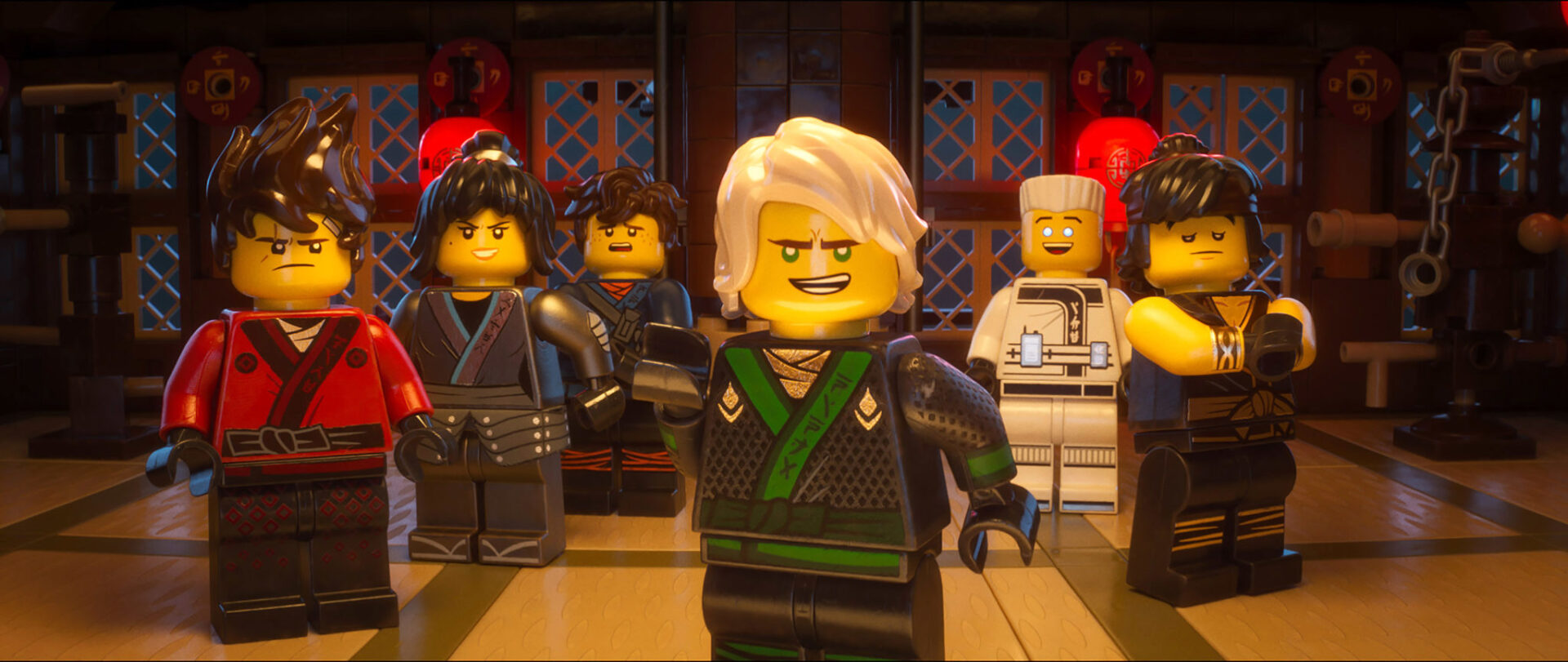What first things come to mind when you think about the desert? I bet it’s the extreme heat and endless amounts of sand (and you wouldn’t be wrong). What would be next is that it’s the wrong place to get stranded because the infinite horizon doesn’t seem like it will reward you with reprieve — instead, uncertainty is often the most unsettling thing to experience. Shannon Triplett’s directorial debut, Desert Road, is born out of a personal story where her boyfriend went for a run, got lost, and how scary it felt for the both of them. What was born from that experience is a sci-fi thriller with an emotional undercurrent that will resonate with viewers no matter their background.
We meet a woman (played by Kristine Froseth) who is an aspiring photographer on her way to Iowa to see her mother. This trip aims to shake things up as she seeks the next steps in her life. She’s found a profession she loves, but doesn’t know if she can make it to stardom. After a simple gas station stop with a somewhat shady attendant (played by Max Mattern), she continues her journey and unfortunately pops her tire and gets her car stuck on a rock. While seeking help, she notices something strange. It doesn’t matter which direction she goes; things continuously loop back to the same gas station and factory that should be long gone with the amount of walking she’s done. The film manages to elevate that feeling of claustrophobia and physics jumps — leading to a grounded story of relinquishing control to whatever forces are trying to tell you something.
We caught up with Triplett at SXSW in Austin, Texas, and spoke to her about the story’s construction and how she used the desert backdrop to her advantage.
Substream Magazine: I like the desert setting, as it is infinite and claustrophobic at the same time. Then there’s how the day, night, and temperatures feel like they are competing with one another. Desert Road may seem limited at first glance, but you take a simple premise and expand on it where there are many possibilities.
Shannon Triplett: I think the desert is just such a beautiful landscape. The thought process was “okay. we’re a lower-budget movie, but we can get big buck value from the desert where it doesn’t feel cheap.” Everything can feel majestic. But then there’s this bonus of the desert being a beautiful place to tell a story. When you’re out there, it’s scorching during the day. Sometimes, people get caught off guard when unprepared for how cold it gets at night. That’s a wonderful trick to have up your sleeve of showing a shift as a storyteller, and such an easy thing to do.
It shows in the characterization as well. While I won’t dive too deep into the details, there’s the protagonist with an issue, and the few people around her have their own motivations. This comes into play as things become more dire, and different elements are introduced once nightfall hits. Desert Road is born out of a personal story where you had to find your boyfriend after he got lost on a jog and the perplexing things he had to go through himself.
I go on many road trips, and anytime you drive through rural areas, you always ask, “Who are these people who live all the way out here?” The desert can change on a dime. What was so fascinating about that night was that one person tried to help him, and another asked him to get off their property. I think there’s something natural about humans’ changing depending on our environment. You go out to a bar, and you’re loud and rowdy. You’re in a library, and you’re quiet. The desert is a setting where you can make noise, and it’s okay, but it’s natural to be silent to be alert — especially since she’s on her own. You are more attuned to those survival skills and instincts you don’t have when living in a city daily. I can’t take any credit. Our cast was insane, and putting them in these scenarios, taking a step back, and just seeing what they did was fun.
Our protagonist doesn’t have a name, and it doesn’t feel like she needs one. You drop her experience of being literally and metaphorically caught in a rut. Within this story’s horror and sci-fi aspects, the center is anchored in the emotional element. There’s a journey in which she trusts the process of her life to propel herself forward. How was it to manage all these things together to interlock like they do?
I wish I could say it was so easy. I had post-it notes and papers all over my wall, trying to figure out the story’s structure and her character arc. In balancing the story, I didn’t want to lose her journey. I’m not somebody who works on just the first act or just the ending. If I do adjust the ending, a lot of times, I have to go back and change something in the beginning. I once had a producer who asked, “Can you send me the first 15 pages?” I said, “I can, but they’re not a lock until I finish the last 15 pages.” It was a lot of mapping things out, basic character structure, and figuring out the beginning, middle, and end. What’s standing in her way? What does she want? I don’t know.
I think I’m one of those people always trying to learn how to be a writer. I’m constantly going back and watching interviews and learning how other writers do it. There’s this impostor syndrome looming, saying I’m not a real writer. I feel like I’m always learning how to balance that story better. For me, right now, it’s trial and error. I think to myself, “I tried it once today, and that didn’t work. We’ll try something else tomorrow.” It’s an inherently human process that you can’t put an algorithm to it. You have to mark it out and go, “Okay. I respond to that. I hope other people do, too.”
You mentioned the great performances, and Desert Road has no shortage of them from Kristine Froseth, Beau Bridges, and Ryan Hurst. The sparse but important structures, like the gas station, the car, and the factory, feel like characters within themselves. Natural lighting and movement are abundant, making the audience feel like they are running alongside the woman in her discoveries. Was it vital for you to have that rugged look to what people will witness?
I’ve worked on huge films, and they set up lights, and the actors have an inch here and an inch there. They could turn their head, but they’re pretty locked into where they must be. With this film, Nico Navia, our DP, and I had in-depth conversations. I wanted practical lights so he could react to the actors with the camera on his shoulder. He wasn’t locked into where the dolly was placed to give the actors freedom. I also did tons of takes where they could try something new. If it didn’t work, we would try something different next time. In my first conversation with our casting director, Suzanne Schiel, I said, “If this movie could win one award, I want it to win best ensemble.” We don’t have a movie if this cast isn’t compelling.
Kristine leads that. I wanted to create an environment around her that was free of all the distractions you typically encounter on a film set. I hope I didn’t annoy our crew too much, but I kept a lot of people away from the camera besides Nico and the actors. That way, everything felt pretty natural.
Photo Credit: Nico Navia













